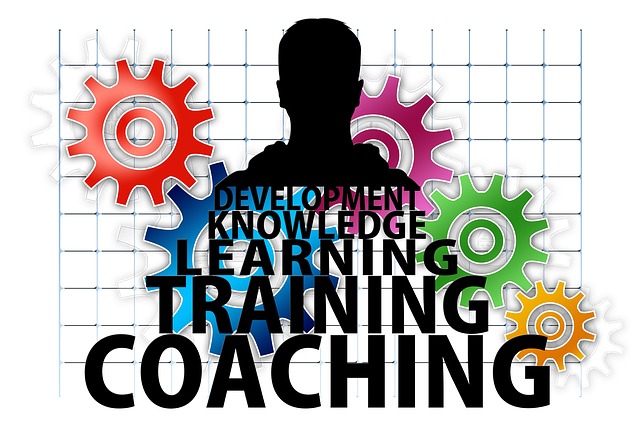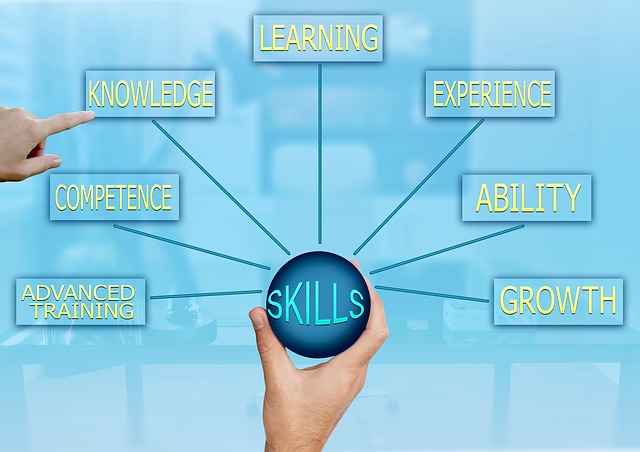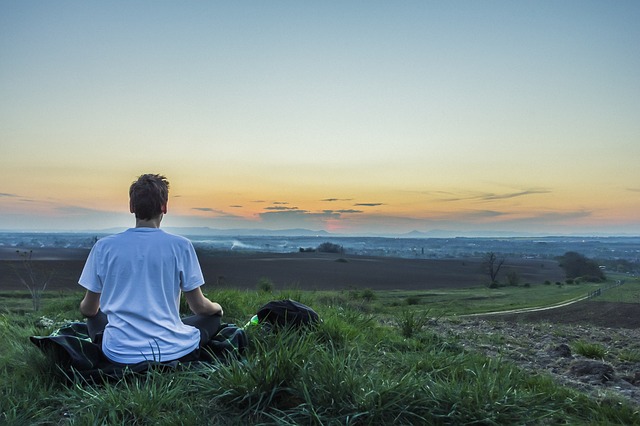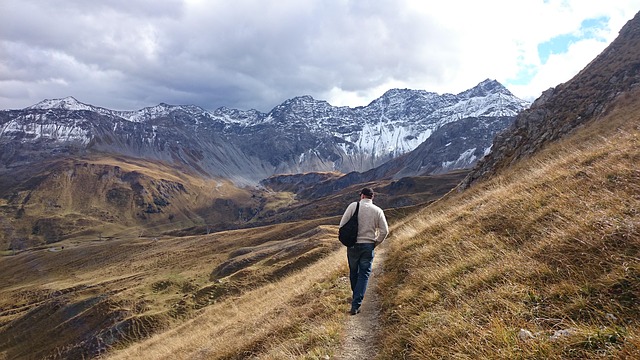Over the last couple of posts I discussed how self-compassion can free us from the bonds of self-judging and explored some of the challenges involved in self-compassion meditation, including breaking through our defences and denial.
In this post, I want to share two stories told by Tara Brach of how self-compassion can transform our lives.
From prison bully to freedom
Tara Brach has worked extensively in prisons teaching mindfulness to prisoners. In the course on the Power of Awareness, she tells the story of a woman in prison who was a tough bully and very mean but who came to one of her 6 weeks courses. During the course she heard the words of the poem, Please Call Me by My True Names by Thich Nhat Hanh.
These were the words of the poem that broke through the defences of the woman prisoner:
I am the twelve-year-old girl,
refugee on a small boat,
who throws herself into the ocean
after being raped by a sea pirate.
And I am the pirate,
my heart not yet capable
of seeing and loving.
In the preamble to the poem, Thich Nhat Hanh explains that had he been born in the same place as the pirate and lived in the same demeaning conditions, he would have been the pirate. He goes on to explain that this realisation releases our compassion towards ourselves and others.
The woman prisoner realised that she too was suffering through the circumstances of her life and this realisation enabled her to be kind and compassionate to herself, to stop viewing herself as “bad” and to refrain from acting out her hurt and suffering through meanness to other prisoners.
Tara Brach explained that often we block self-compassion by telling ourselves that others have had it worse, so we should not be acting out our own suffering and pain.
From self-loathing to self-compassion
Tara Brach tells the story of a woman who knew that her ex-husband abused her daughter. She could not face the pain of this knowledge, so she turned to alcohol to hide her shame, anger and self-loathing.
Her transformation came when, in desperation, she sought the advice of a priest who showed her (by drawing as small circle on her hand), that she was living in a small destructive circle of anger and self-aversion. She had cut herself off from truly living and experiencing the world around her because she could not face the pain within. The priest placed his large hand over hers to symbolise that there was a larger field of kindness and forgiveness that she could access to free herself from the tyranny and blindness of self-loathing.
As she meditated thinking of the hand of mercy covering her narrow circle of life, she came to realise that kindness and self-compassion lay within – it is inborn and accessible if only we are open to it.
Through meditation we can grow in mindfulness and come to the realisation of our own pain and suffering that blocks our self-compassion. If we persist with meditation practice, we can open our hearts to innate kindness towards ourselves and be more present to the beauty of the world around us.
By Ron Passfield – Copyright (Creative Commons license, Attribution–Non Commercial–No Derivatives)
Image source: courtesy of Curriculum_Photografia on Pixabay
Disclosure: If you purchase a product through this site, I may earn a commission which will help to pay for the site, the associated Meetup group and the resources to support the blog.











